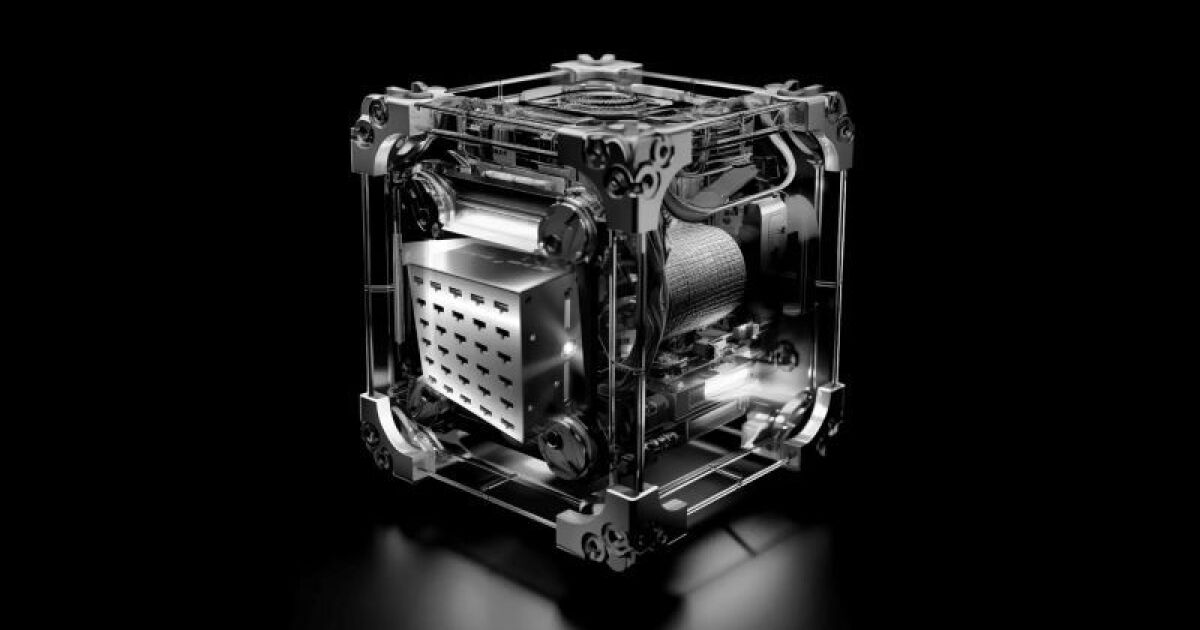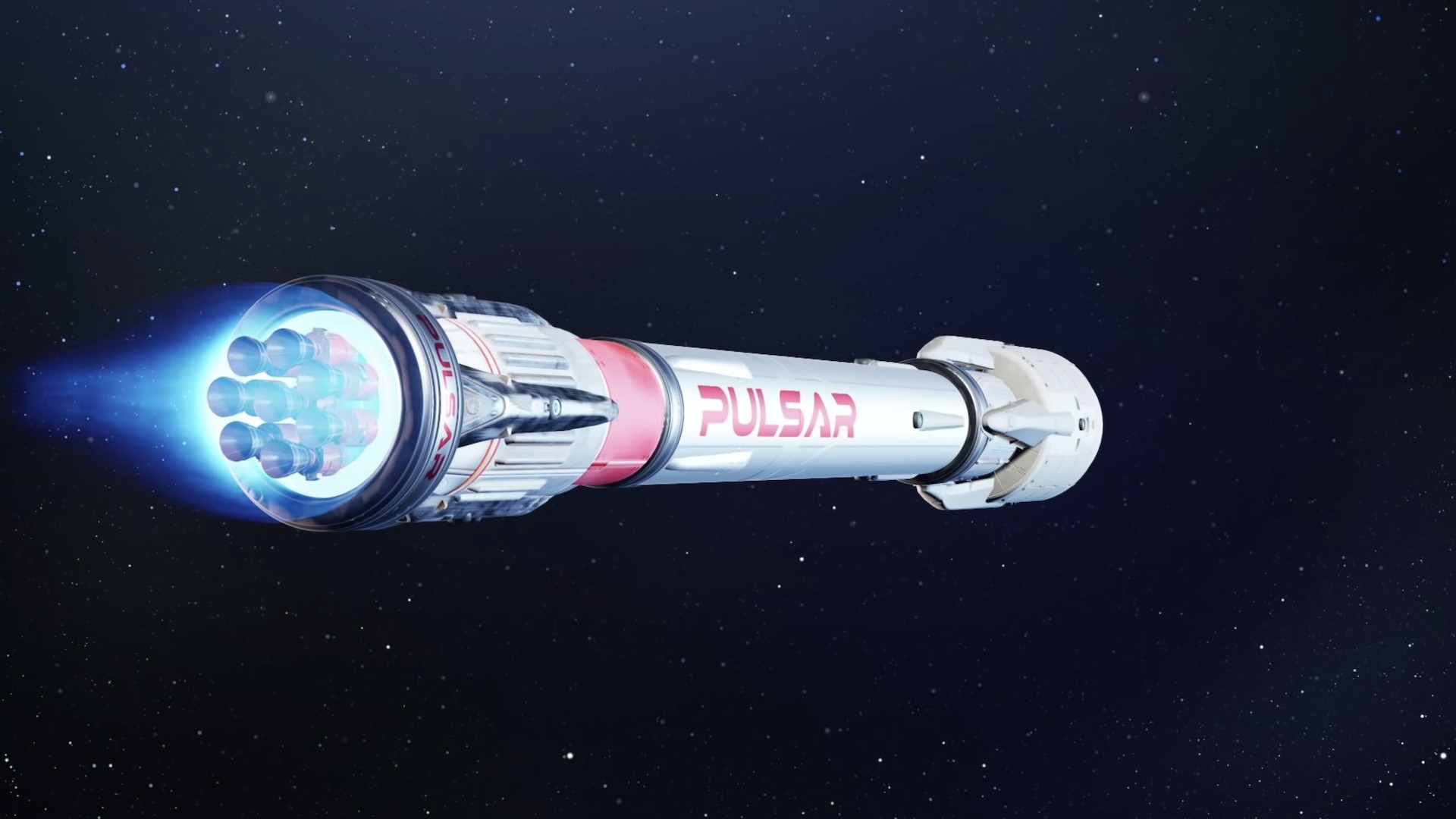Team fabricates world's highest-performance superconducting wire segment
Our future energy may depend on high-temperature superconducting (HTS) wires. This technology's ability to carry electricity without resistance at temperatures higher than those required by traditional superconductors could revolutionize the electric grid and even enable commercial nuclear fusion. (2 months ago)

Heating for fusion: Why toast plasma when you can microwave it
2 months ago
Some believe the future of fusion in the U.S. lies in compact, spherical fusion vessels. A smaller tokamak, it is thought, could offer a more economical fusion option. The trick is squeezing everything into a small space.

Take a look behind the scenes at the world's largest fusion experiment
2 months ago
Photographer Enrico Sacchetti captures the power and potential of ITER, an international nuclear fusion experiment currently under construction in southern France.

Observatory gears up to detect thousands of elusive brown dwarfs, unlocking Milky Way mysteries
2 months ago
One could argue that brown dwarfs don't get the love they deserve. Sometimes referred to as "failed stars," they don't have enough mass to sustain nuclear fusion, which powers all stars, including our sun.

Is the world's biggest fusion experiment dead after new delay to 2035?
3 months ago
ITER, a €20 billion nuclear fusion reactor under construction in France, will now not switch on until 2035 - a delay of 10 years. With smaller commercial fusion efforts on the rise, is it worth continuing with this gargantuan project?

Energy-positive laser fusion approach heads toward commercialization
3 months ago
With the promise of unlimited energy, Xcimer has raised over US$100 million from investors and the US Department of Energy to develop a high-energy laser system that's intended for use in a practical fusion power plant.

Hybrid design could make nuclear fusion reactors more efficient
4 months ago
Two types of fusion reactor called tokamaks and stellarators both have drawbacks – but a new design combining parts from both could offer the best of both worlds.

Wormholes could blast out blazing hot plasma at incredible speeds
4 months ago
If matter falls into one end of a wormhole, it could heat up in a tornado of plasma hot enough to initiate nuclear fusion – and come blasting out the other end.

Fusion record paves way for commercial reactors
5 months ago
The Princeton Plasma Physics Laboratory (PPPL) hits a new fusion reactor endurance record that could open the door to practical fusion power on a commercial scale. Using a tungsten lining, the WEST reactor held a reaction for six minutes.

Fusion record set for tungsten tokamak WEST
5 months ago
Researchers at the U.S.

Nuclear fusion experiment overcomes two key operating hurdles
5 months ago
Two important barriers to a stable, powerful fusion reaction have been leapt by an experiment in a small tokamak reactor, but we don’t yet know if the technique will work in larger devices.

A return to roots: Lab builds its first stellarator in 50 years and opens the door for research into new plasma physics
6 months ago
For the first time, scientists have built a fusion experiment using permanent magnets, a technique that could show a simple way to build future devices for less cost and allow researchers to test new concepts for future fusion power plants.

Plasma fusion: Adding just enough fuel to the fire
6 months ago
How much fuel can we add to the fire while still maintaining control? Metaphorically speaking, that's the question one team at the U.S. Department of Energy's Princeton Plasma Physics Laboratory (PPPL) has been asking themselves lately.

Fusion drive space engine ready for flight
6 months ago
Rocket science got a bit more science-fiction-like as RocketStar announces it has successfully demonstrated a new ion drive that incorporates nuclear fusion. It's not the sort of fusion that powers the Sun, but it does improve thrust by 50%.

UK spurns European invitation to join ITER nuclear fusion project
7 months ago
Since Brexit, the UK no longer has access to ITER, the world's largest nuclear fusion experiment, through the European Union. After an invitation to rejoin this week, the UK government has confirmed it prefers to go it alone.

How do you recycle a nuclear fusion reactor? We're about to find out
7 months ago
The UK's JET nuclear fusion reactor has been shut down after 40 years, and now researchers hope to repurpose many of its components in a world-first attempt at recycling a tokamak reactor.

There's hope yet: Clean energy advances that inspired us in 2023
9 months ago
The world needs gargantuan amounts of clean energy moving forward, making this an area of colossal and growing opportunity for disruptive innovations. Here are some of the fascinating energy ideas and technologies that made us most hopeful in 2023.

Tantalum cold spray boosts potential of fusion reactor chambers
9 months ago
The insides of nuclear fusion reactors are violent and chaotic places. A new cold-spray coating can take the heat and also trap some rogue hydrogen particles at the same time, potentially making for smaller, better plasma chambers.

First practical use for nuclear fusion could help cancer treatment
a year ago
Fusion reactors could be used to produce radioactive isotopes for hospitals way before they become useful power generators.

Pulsar Fusion Wants to Build the World's First Nuclear Fusion Rocket Engine, is it Legit?
a year ago
If accomplished, the Demonstration Rocket for Agile Cislunar Operations (DRACO) spacecraft would be the most advanced spacecraft rocket system ever put into operation. That is unless the team at Pulsar Fusion based out of Bletchley in South East England has their say.

Nuclear fusion breakthrough: Is cheap, clean energy finally here?
a year ago
Copy.

The biggest scientific challenges that AI is already helping to crack
a year ago
AI isn't just for chatbots – many companies are using it to tackle everything from protein folding and drug development to commercially viable nuclear fusion.
















